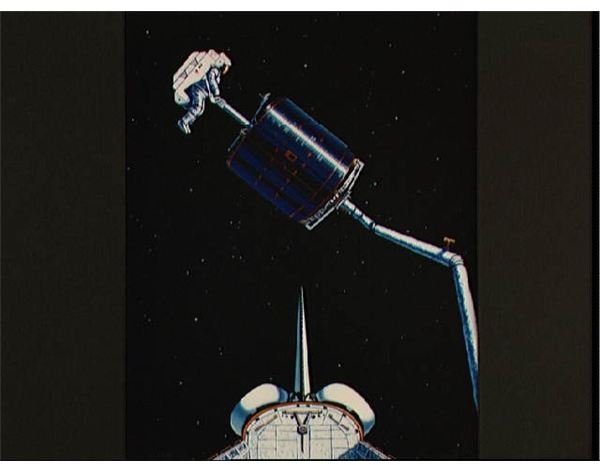Satellite Broadband Types - Terrestrial Return, Receive Only, and Two-Way Broadband
In the article “What is Satellite Broadband,” we looked at the broad definition of satellite broadband, how it works, and how the providers have implemented “Fair Access Policies,” otherwise known as “bit buckets.” Here we’ll look at some of the ways satellite broadband is used around the world.
One-Way Satellite Broadband – Terrestrial Return
This is a type of satellite broadband that is capable of both sending and receiving traffic. It is called one-way terrestrial return because it uses two different methods for up and down streaming. It requires a traditional dial-up connection and a phone modem to transmit outbound data - with a standard dial-up speed. The inbound data comes from the satellite at a broadband speed.
This type of satellite Internet has two components at the service provider side: an Internet connection and a satellite uplink. At the user-end, either an outdoor or indoor unit is used. The outdoor unit’s main parts are a satellite dish with a LNB and a feedhorn. The internal unit has an internal DVB-S PCI card or external USB or Ethernet port DVB modem.
There is one more type of one-way satellite broadband, which involves use of GPRS for the voice communication. In this type of connection, GPRS or EDGE is utilized. Because the upload volume is very low and service is charged for the volume upstreamed, the users enjoy surfing as well as downloading at broadband speeds. To get mobile satellite broadband, a 33cm wide satellite dish antenna and a GPRS–enabled GSM phone is required.
One-Way Satellite Receive Only
This type of satellite Internet system is intended for only one-sided audio, video, or data transmission over IP. A typical use of this is for watching videos or listening to music which involves no outbound transmission.
One downside of one-way access is that it will not work correctly with most Internet protocols. Although there is a workaround – by distributing web pages while pressing them out to local storage at the consumer site - but still, full interactivity is not possible. Another downside of one-way multicast is that users can only do one-way activity on the web, that is, they can only downstream data for watching films, listening to audio, etc. In the U.S, an FCC license is needed for the uplink station but no license is required for the end users.
Two-Way Satellite Broadband
This is a type of Satellite broadband that is not very different from any other common broadband service like DSL, Cable, etc. Unlike One-Way type, this one allows us to send and receive data at high speed.
The consumers of two-way satellite broadband range from individual home users to big business sites with many computers. The users fetch the data from a shared download carrier, which is used by up to 4000 end users. Because the users will share a bandwidth of up to 40 Mbps, they can get low data transmission rates at the peak times. The users can get 10 to 20 kb/s downstream rate but this can be inadequate for people wanting to do large scale file transfers. Business users have an option to choose a dedicated bandwidth service, which will allow them to control any congestion at their end.
Image courtesy of NASA - https://www.nasaimages.org/luna/servlet/detail/nasaNAS~2~2~1055~102384:
This post is part of the series: Satellite Broadband
You might have heard and used some common types of Internet services such as DSL, Cable and dial-up, etc. Here we discover a rarely used form of Internet connection – Satellite Broadband, which could be the only way for you to connect to the Internet.
